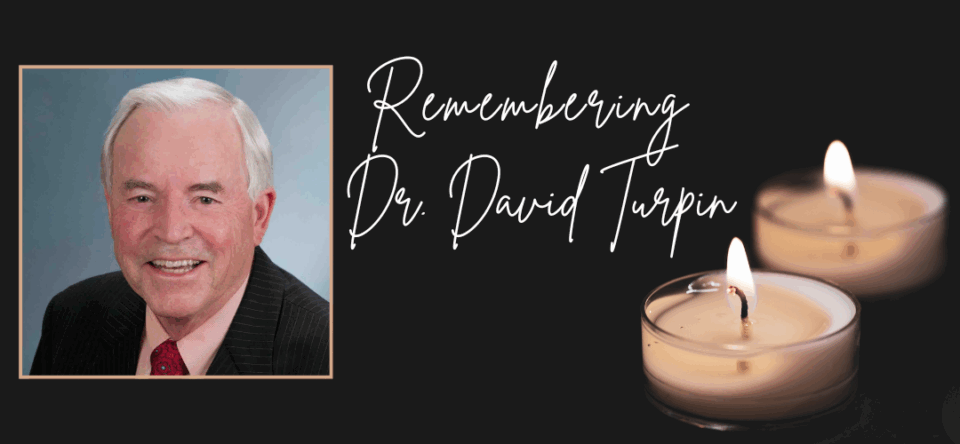The 2017 House of Delegates met April 21 and April 24 in San Diego, taking action on numerous items including:
Membership Eligibility Criteria Updated:
Exclusive Practice of Orthodontics Will No Longer Be Required
● Active membership eligibility criteria will be updated. The educational requirement to have successfully completed an accredited orthodontic program in the United States or Canada remains in force, but the AAO will no longer require that a member be in the exclusive practice of orthodontics. The change reflects the AAO’s observation of changes in services that some orthodontists wish to offer their patients, as well as some members’ employment in corporate situations where they may be expected to provide other types of dental treatment. Active membership applicants are still required to be members in good standing of the American Dental Association and to sign the AAO Principles of Ethics and Code of Professional Conduct.
In addition:
▪ The option of passing the Royal College of Dentists of Canada-National Dental Specialty Examination will now be allowed to satisfy the education requirement for active membership.
▪ The affiliate and life affiliate membership categories, which were available to multi-trained specialists not in the exclusive practice of orthodontics, will be eliminated.
Strategic Planning Process to Expand Stakeholder Inclusion
The House approved a new strategic planning process that will broaden participation. Participants will include members of the Board of Trustees, eight council members, two House delegation chairs, one orthodontic resident, one consultant, one vendor/manufacturer, one representative of a dental service organization and 10 at-large members whose selection will be based on diversity considerations. The process will thus include a larger group of stakeholders meeting in person to ensure that the plan captures the diverse perspectives of members and others who influence orthodontics. The 2018 House of Delegates will consider the strategic plan that results from the new process.
2017-18 Dues, Consumer Awareness Program Assessment Set
● US Active Members’ dues will be $793 for 2017-18. In addition, the Consumer Awareness Program Assessment will be reduced from $800 to $600 for 2017-18.
Learn More about the Consumer Awareness Program Assessment Reduction
Principles of Ethics and Code of Professional Conduct Revised
● The House accepted an updated version of the AAO Principles of Ethics, Code of Professional Conduct and Advisory Opinions. The document was re-structured and substantially updated following a recent review focusing on changes in laws or their interpretations by courts and enforcement agencies, compliance with Federal Trade Commission statutes, and effectiveness in protecting both the orthodontic specialty and the public.
Access the Updated Ethics Document
Financial Literacy Program to be Made Available to Residency Programs
● The AAO will adopt a financial literacy program to be made available for presentation to all orthodontic residency programs in North America over one academic year. The program was developed by the Pacific Coast Society of Orthodontists and presented to residents during the past year.
AAO to Support Removal of Statutory Barriers to Orthodontists
● The AAO will officially support the removal of state dental board statutory barriers to orthodontists performing the full scope of dentistry and encourages component organizations to solicit the help of the AAO Component Legal Support Fund to help address statutory barriers. To learn more about the Component Legal Support Fund, contact AAO Associate Legal Counsel Sean Murphy at [email protected].
Interceptive Orthodontics Definition Revised
● The AAO Orthodontic Definitions entry on interceptive orthodontics has been updated to read: “Interceptive orthodontics is orthodontics that can occur in the primary or transitional dentition. When initiated during the incipient stages of a developing problem, interceptive orthodontics is intended to reduce the severity of a malocclusion and/or mitigate its cause. Once permanent dentition has been reached, subsequent comprehensive orthodontic therapy may be needed.”
Maxillary/Dentoalveolar Hypoplasia Diagnostic Criteria Updated
● Transverse deficiency without posterior cross-bite will be added to the AAO Clinical Practice Guidelines diagnostic criteria for Maxillary/Dentoalveolar Hypoplasia (Small Maxilla).
AAO Considering Advocacy for Automatic Qualifiers for Medically Necessary Orthodontic Care
● The Council on Orthodontic Health Care will study and develop recommendations regarding advocacy for the use of automatic qualifiers to replace “handicapping indices” as the measurement basis for determining insurance adjudication of Medically Necessary Orthodontic Care (MNOC), as defined by the AAO.
Learn More about the AAO MNOC Initiative
Term-Length Exception Will Help Preserve Experience on Councils
● In the event that the maximum consecutive tenure is reached by 50 percent or more of the members of a council or committee in the same year, the group can choose to extend the term of one member whose term has reached maximum consecutive tenure by a maximum of one year. The maximum consecutive council member tenure has not changed. It is six years for all councils except the Council on New and Younger Members, which is limited to four years.
Constituents Encouraged to Include Younger Members in Their House Delegations
● Each constituent group will be encouraged to include in its House delegation a delegate or alternate delegate who meets the criteria for new and younger members (10 years or less in active practice).The House of Delegates is limited to 64 voting members. Each constituent organization may appoint two delegates without regard for the organization size. The remaining delegates are allocated based on the number of active members in the constituent group.
View the Complete 2017 Adopted and Referred Resolutions Chart


